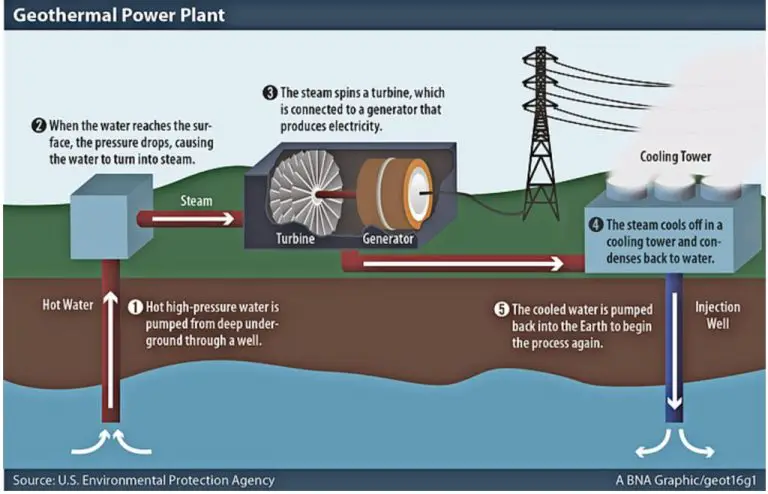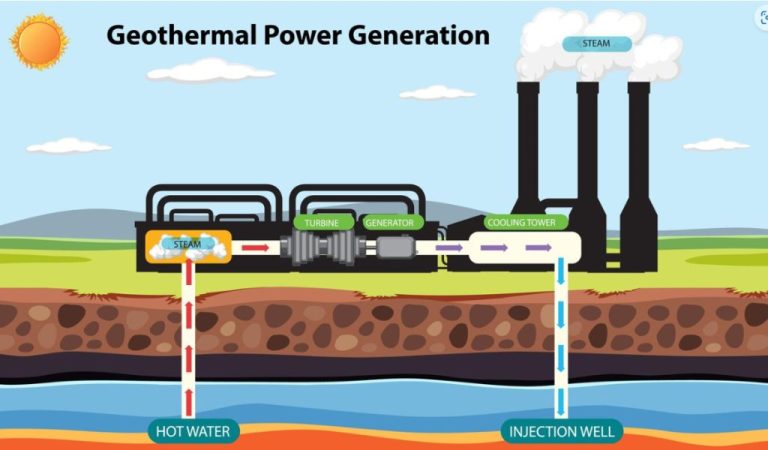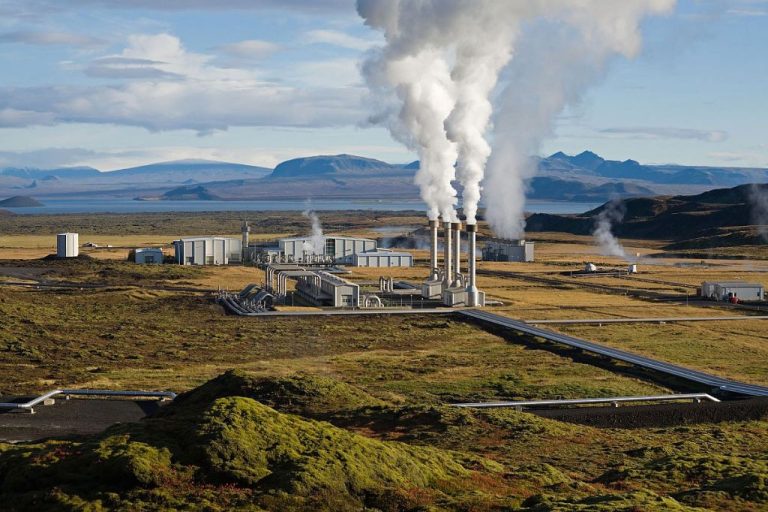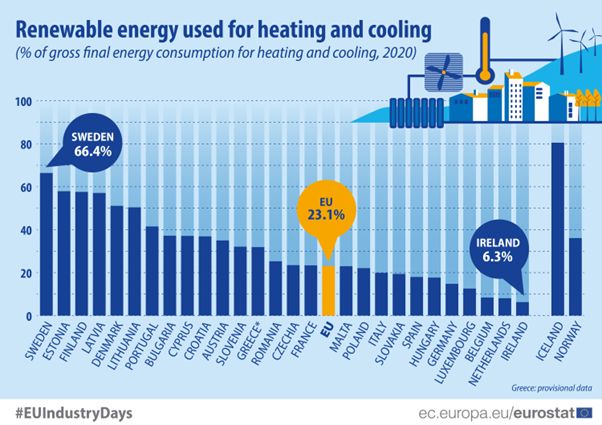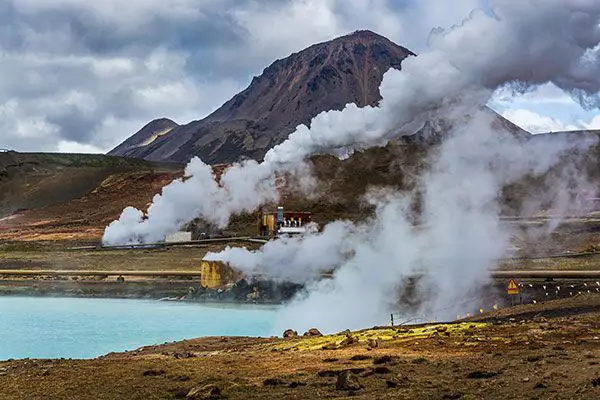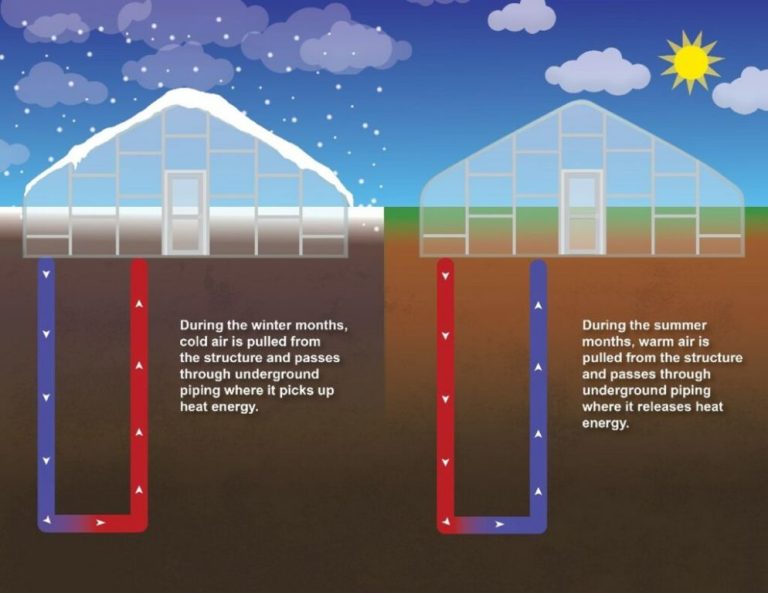Geothermal Energy Sustainability: Challenges And Opportunities
Geothermal energy is thermal energy generated and stored in the Earth. It is a clean and renewable source of energy that utilizes the Earth’s natural heat from geothermal reservoirs to produce electricity, provide direct heating and cooling, or can be used for a variety of applications. Geothermal energy has significant potential as a sustainable energy source that can provide continuous baseload power with a small carbon footprint.
Geothermal energy is currently used commercially in over 70 countries. Installed geothermal power capacity worldwide is around 15 GW, with the United States being the largest producer. In addition to electricity production, geothermal energy is also used extensively for direct heating applications like district heating systems, greenhouse heating, aquaculture, and more. The global geothermal resources are enormous and experts estimate it can potentially meet 3-10% of the world’s energy needs. However, only a small fraction of the available geothermal resources have been developed so far.
While geothermal energy offers many sustainability benefits, expanding its use faces several technical, economic, and environmental challenges that need to be considered and addressed. This article provides an overview of geothermal energy and discusses the key sustainability issues and opportunities related to wider adoption of this important renewable energy source.
Geothermal Power Generation
Geothermal power plants use the heat from the earth’s interior to produce steam to drive turbines and generate electricity. There are three main types of geothermal power plants:
– Dry steam plants use geothermal steam reservoirs directly to power turbines. The world’s first geothermal power plant opened at Larderello, Italy in 1904 and is still operating today.
– Flash steam plants take high-pressure hot water from geothermal reservoirs, allows it to flash into steam which then drives the turbines. The Geysers in northern California is the largest geothermal electricity complex in the world.
– Binary cycle plants transfer the internal heat from geothermal hot water to another liquid. The heat causes the secondary liquid to turn to steam which drives the turbines. Binary cycle plants are the most common geothermal plants built today.
Countries generating a significant portion of their electricity from geothermal include El Salvador, Kenya, the Philippines, Iceland, Costa Rica, and Indonesia. In the U.S., the states generating the most geothermal electricity are California, Nevada, Utah, and Hawaii.
Direct Heating Uses
One of the most common direct uses of geothermal energy is for space heating and cooling. The shallow ground maintains a relatively stable temperature, so geothermal heat pumps can be used to transfer heat from the ground into buildings during the winter. In the summer, the process is reversed and heat is transferred from the building back into the ground.
Greenhouses also utilize geothermal heating to maintain ideal temperatures for plant growth during colder months. The warm water from geothermal reservoirs can provide heat for the greenhouse, increasing crop yields.
Geothermal heating is also used for aquaculture and fish farming. Water tanks and ponds can be heated to an optimal temperature for raising fish such as trout and tilapia. The direct use of geothermal heating eliminates the need to burn fossil fuels to regulate water temperature.
In addition to heating, geothermal energy can also be used directly for cooling and refrigeration. The constant below-ground temperatures allow for effective absorption cooling. Geothermal heat pumps transfer heat into the ground, providing cooling for large commercial and industrial facilities.
Environmental Benefits
Geothermal energy has major environmental benefits compared to conventional fossil fuel sources like coal, natural gas, and oil. The most significant benefit is geothermal’s low emissions profile. Geothermal plants emit on average 97% less greenhouse gases than a new coal plant per unit of electricity produced. They also emit about 80% less nitrous oxides and 98% less sulfur dioxide. This makes geothermal an attractive option for reducing a region’s carbon footprint and meeting climate goals.
Geothermal also has a very small land use footprint compared to other renewable sources like solar and wind. While a large solar or wind farm can occupy thousands of acres of land, a geothermal plant and wells may use less than a couple hundred acres. This reduces habitat loss and fragmentation that can occur with utility-scale renewable projects. Overall, geothermal provides a clean and compact energy solution.
Economic Benefits
Geothermal energy development can provide significant economic benefits at both local and national levels. At the local level, geothermal projects create construction, operation and maintenance jobs in rural communities near the resource. These projects often become the largest employer in the area. In addition to direct jobs, geothermal projects create economic ripple effects by supporting local businesses and service providers.
At the national level, geothermal development reduces dependence on imported fuels, improving energy security and keeping energy dollars in the domestic economy. The geothermal industry estimates that for every $1 spent on geothermal power, $4 is generated in the economy through direct and secondary economic impacts. With most geothermal resources located in rural areas with limited economic opportunities, geothermal projects can become an economic engine for these communities.
Overall, geothermal energy creates quality jobs at all stages of development while bringing substantial investment and economic growth to rural regions. This helps diversify local economies that have historically relied on declining industries like mining, timber and agriculture. With responsible development, geothermal can be a sustainable source of local job creation and economic independence.
Upfront Costs
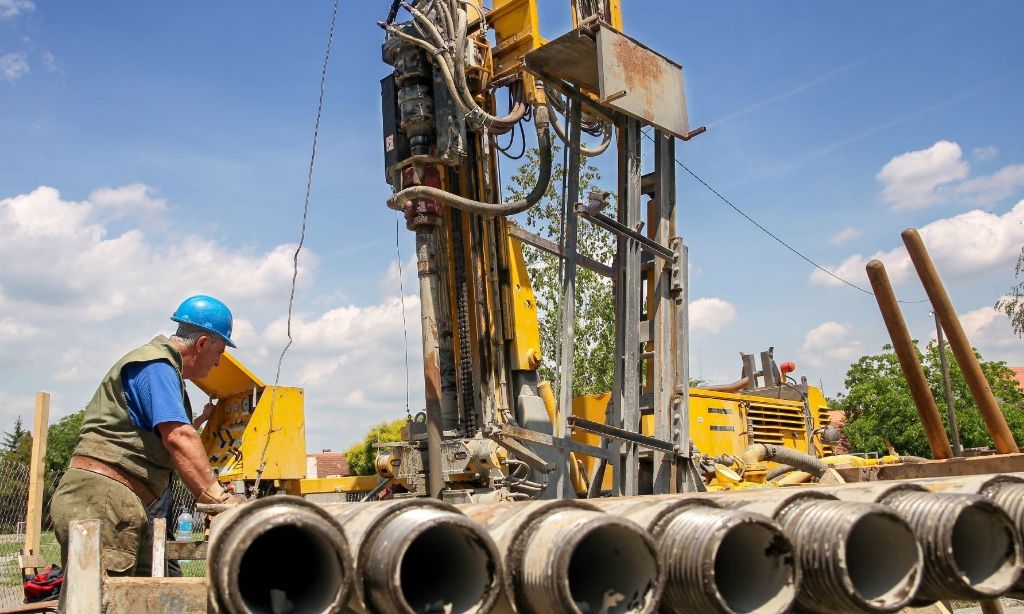
One of the biggest challenges with geothermal energy is the high upfront costs associated with installing the infrastructure needed to utilize this renewable resource. The most significant costs come from drilling geothermal wells, which can be an expensive endeavor.
Drilling geothermal wells often requires special equipment that can withstand high temperatures and pressures. The wells may need to be drilled thousands of feet into the earth’s crust in order to reach adequate heat resources. This makes the drilling process more complex and costly compared to conventional oil and gas wells.
In addition to the direct expenses of well drilling, there are costs associated with conducting feasibility studies to identify optimal locations for geothermal facilities. Extensive geological, hydrological, and geophysical surveys need to be carried out, often over large areas, to determine if there are suitable geothermal reservoirs accessible through drilling.
The feasibility studies also help estimate the size and productivity potential of geothermal resources at a site. All of these assessments and analyses add to the upfront costs of developing geothermal power or direct heating projects.
Though the upfront price tag for geothermal energy installations is high, the long-term returns can make the investment pay off over time. Geothermal power facilities typically have low operating and maintenance costs once built. The energy source itself – heat from the earth’s interior – is free and renewable. With adequate investment in initial drilling and construction, geothermal projects can provide many years of reliable, clean energy production.
Resource Depletion
One of the main challenges with geothermal energy is the potential for resource depletion if the wells are overexploited. Geothermal reservoirs can provide a renewable source of energy, but they are not limitless. If water or steam is extracted from the reservoirs faster than it can be replenished naturally, then eventually the resource can become depleted.
Studies have found that excessive extraction from geothermal wells can lead to a drop in reservoir pressure and decline in productivity over time. This highlights the need for sustainable management of geothermal resources. Strategies like injecting used geofluids back into the reservoir after energy extraction can help mitigate depletion issues.
Reinjection helps maintain reservoir pressure and productivity. By returning hot water or steam back underground after it has passed through the power plant, this allows the geothermal resource to be used in a renewable closed-loop system. With careful monitoring and management of extraction rates, geothermal power can provide sustainable long-term energy production.
Induced Seismicity
While relatively rare, the injection of water into deep wells for geothermal power generation or the reinjection of geothermal fluids can induce low-level seismic activity in some cases. Only a very small fraction of geothermal sites have experienced induced seismic events, most of which are minor tremors that are rarely felt at the surface. However, there have been isolated instances of larger seismic events that have caused some surface damage.
To mitigate the risks, geothermal operators can employ microseismic monitoring and traffic light warning systems that adjust injection rates or pressures if seismic activity rises above predetermined thresholds. Suspending injection activities, altering flow pathways, or extracting fluids are additional strategies to reduce subsurface pressures and seismic risks if needed. Careful site selection, modeling, and monitoring can help avoid areas with major fault lines. Overall, induced seismicity remains an infrequent occurrence, but regulators and the geothermal industry continue working to further minimize risks.
Land Use Concerns
Geothermal power plants require a significant amount of land area. This is because geothermal reservoirs are often spread over large regions, so multiple production and injection wells need to be drilled across a broad area.
For a 50 MW geothermal power plant, around 1.5 square miles of land may be required for the well field, pipelines, and power plant facility. Larger plants can require over 10 square miles of land access.
The land must remain accessible throughout the project lifetime, which can span 30 years or more. Other uses like agriculture or development are restricted in geothermal lease areas.
There are also concerns over land subsidence, where continuous fluid extraction causes the ground to sink over time. Careful reservoir management is required to avoid subsidence impacts.
After a geothermal power plant is decommissioned, the well heads and pipeline infrastructure must be removed and the land reclaimed. This restoration process aims to return the area to its original pre-development state. Proper planning and resource management is key to minimize long-term land use effects.
Conclusion
In conclusion, geothermal energy has both advantages and challenges when it comes to sustainability. On the plus side, it is a renewable resource that produces minimal emissions, creates local jobs, and can provide constant power. However, high upfront costs, potential resource depletion, induced seismicity, and land use concerns pose challenges. The future outlook for geothermal depends on technological advances to access resources more affordably and with lower impact. Overall, geothermal remains a promising renewable energy source that can play a key role in a sustainable energy mix, if challenges are addressed through innovation and responsible development. With careful site selection, impact monitoring, and thoughtful regulations, geothermal can provide clean, reliable energy to meet society’s needs today and into the future.

